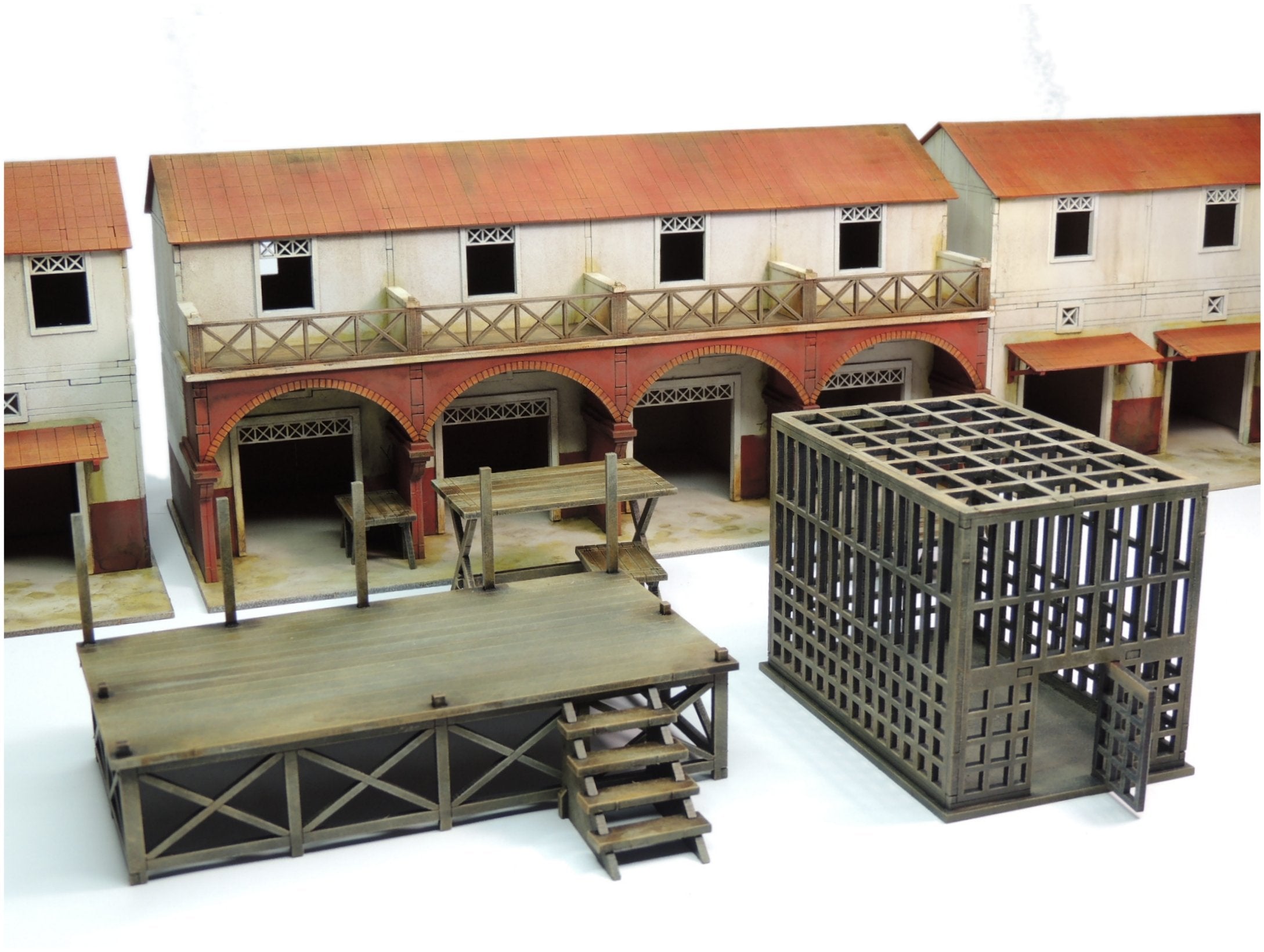
Enriching the study is Campanella’s comprehensive knowledge of river commerce and the flatboating trade, especially that of New Orleans and the Louisiana “Sugar Coast,” during the period 1820 to 1835. Careful research provides the material for a detailed account of how the two voyages were organized and how they played out. Lack of attention to the real terms of Lincoln’s experience makes it impossible to appreciate the qualitative effect of the two journeys on the development of his character and understanding of the world.Ĭampanella’s book largely remedies that omission. David Donald’s Pulitzer Prize winning Lincoln (1995) has almost nothing to say on the subject beyond stating that Lincoln made the voyages. However, beyond acknowledging these general effects, Lincoln’s biographers offer little detail about the voyages themselves and few specifics about what Lincoln actually might have seen and done on the river and in New Orleans in 18. By his own account his lifelong hatred of the institution of slavery was born in his firsthand experience with slavery-especially at the slave-market in New Orleans-on these voyages. It is worth noting that the experience chiefly engaged him with the slave-state region of the lower Mississippi Valley. That voyage was also Lincoln’s first real experience of the American nation-the large and varied society beyond the narrow backwoods world of Pigeon Creek, Indiana. As “bow hand” on a two-man vessel owned and captained by Allen Gentry, Lincoln earned $8 a month, and the work took him far beyond his father’s world.

The first voyage, made when Lincoln was nineteen, marked a significant change in his working life, which hitherto had been spent as a hired laborer, largely on his father’s account. Most biographers treat Lincoln’s flatboat journeys as important episodes in his early development. I wish I had had the benefit of Richard Campanella’s detailed and comprehensive research on Mississippi River flatboating in general and on Lincoln’s two voyages in particular. 380.Ī decade ago I published Abe, a novel about Abraham Lincoln’s youth that centered on the flatboat voyages he made to New Orleans in 18. Lafayette: University of Louisiana at Lafayette Press, 2010.

Lincoln in New Orleans: The 1828–1831 Flatboat Voyages and Their Place in History.


 0 kommentar(er)
0 kommentar(er)
